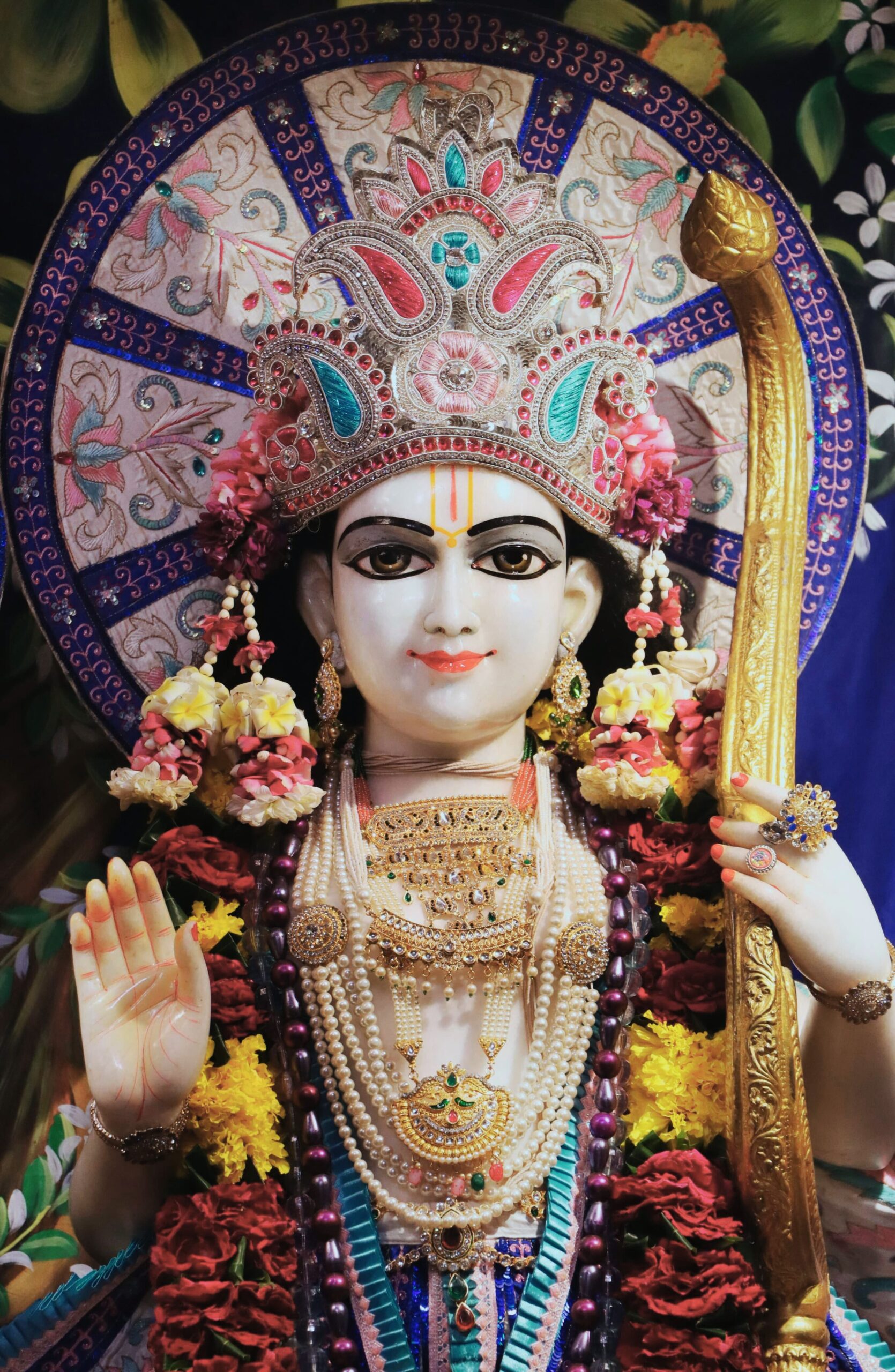Consecration, as outlined in spiritual practices, involves transforming a physical space, object, and even a human being into a realm of Divine potential. Loosely speaking, consecrations bring certain energy forms to “life.” The Sanskrit term describing the consecration process is Prana Pratistha, a ceremonial practice that can be performed in different ways. The process may involve outlined methods of mantra chanting to bring the Deity to life or involve processes where energy is established into an object via transformation. The ritual involves infusing idols with divine presence using “prana” and “dhananjaya vayus,” making them dynamic spaces of worship and spiritual connection. Prana Pratishtha, a tradition in Hinduism, brings life to objects or Deities, imbuing the sacred space with Divine essence and emphasizing the shrine’s vibrancy and dynamism.
The fundamental idea of consecrating is that every person deserves to live in a consecrated space. Consecration is a dynamic process comparable to transforming mud into food (agriculture) or food into flesh and bone (digestion, integration), and turning flesh back into mud is known as cremation, according to Sadhguru. Consecration is when one can turn flesh, a stone, or a space into a Divine possibility. Modern science suggests everything is the same energy manifesting differently, making it possible to turn a simple space into a Divine exuberance with the right technology. Daily rituals must be kept up for consecrations performed utilizing mantras to keep the Deity alive, while consecrations based on energy do not entail ritualistic aspects.
Thus, in the Hindu tradition, visiting a temple is not for worship but to imbibe the energies of the Deity and, therefore, the idea of ‘darshan’ or ‘seeing.’ Hindus often say they go for darshan when visiting any temple. The intention goes beyond physically seeing the Deity’s image – the profoundness of this culture has given six different ways of ‘seeing, known as the Shad Darshanas. These refer to the six classical schools of Indian philosophy, the foundational systems known for their distinct perspectives on life, existence, and the nature of Reality.
The Darshanas share a common goal – realizing one’s true nature through an inward journey of awareness. Consecrated temples play a crucial role in enhancing awareness and connecting with the source of Creation. Such temples, with distinct energies related to Deities and chakras, serve as charging stations for individuals, helping them overcome false identifications and perceive the eternal Self. This is why spending time in consecrated spaces and experiencing our connection to cosmic geometry is essential.
Darshan is deeply ingrained in Hinduism’s experience and perception of the sacred. The consecrated Deity, when established, exudes energy, which benefits mental and physical health. Residing in a consecrated space can bring about a remarkable positive shift in an individual’s life. The underlying philosophy emphasizes the importance of inhabiting spaces that have undergone consecration, viewing it as a means to establish an environment conducive to genuine well-being.
Sadhguru describes the yogic lore where Agastya Muni, sent by Shiva, the first yogi, headed to Southern India to consecrate every human dwelling south of the Deccan Plateau. His mission was to infuse spiritual energy into these spaces, ensuring the presence of spiritual processes in daily life. The duration of Agastya Muni’s work is uncertain; whether it is 4000, 400, or 140 years, but considering the vast effort and travel, it is evident he lived an extraordinary lifespan. Agastya Muni foresaw that his consecrations would be crucial when the world deviates from the right path due to excessive development and knowledge becoming corrupted.
A consecrated space, or temple, was always built first, and then houses were built around the temple. Ancient practices, such as Vaastu Shastra, highlight the importance of settling in spaces with harmonious energy elements. Temple architecture mirrors the human form, guiding worshippers through a sacred journey to absorb the energy within. Realizing the non-physical dimension of life is emphasized as the end goal in Hindu culture. Regardless of what we eat or how we live, there comes a point when humans seek connection with the source of Creation. In order to facilitate this longing, every street had three temples, ensuring that consecrated spaces were easily accessible, though much of this has been disrupted under the guise of development.
Tamil Nadu, for instance, was built around grand temples, with every significant town featuring one. The size of one’s house does not matter, but being around a consecrated space significantly impacts one’s life. The idea was to build human habit actions where every twenty-five houses had one temple, emphasizing the importance of being in a consecrated space throughout one’s life.
In conclusion, Prana Pratishtha, or consecration, transforms spaces into realms of Divine potential, allowing one to experience the interconnectedness of the microcosm and macrocosm. Consecrated spaces serve as charging stations, connecting individuals with the source of Creation, making them essential for personal growth and physical and mental well-being. Do make time to visit.
Source: Isha Foundation, Prana Pratishtha – The Science of Consecration.
Image: Sri Rama, Pexels
